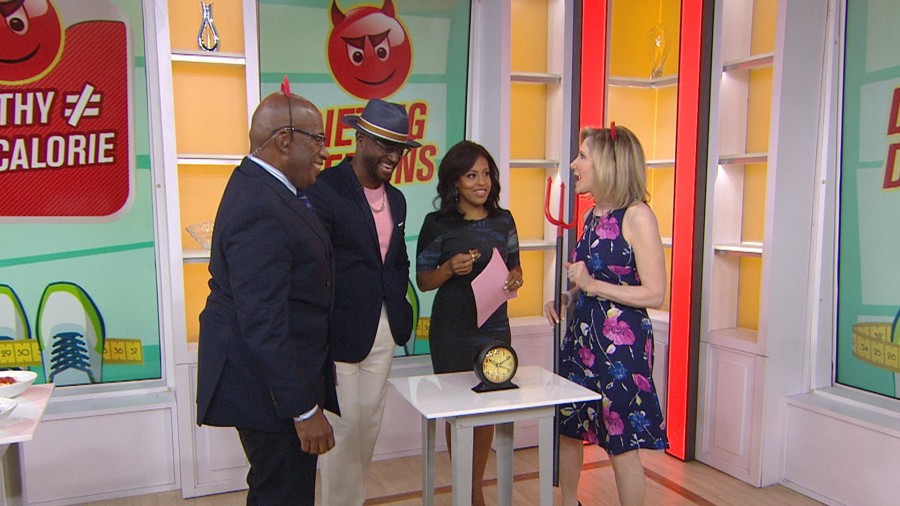, feel you’re doing everything right and the pounds still aren’t coming off?
Take a look at these diet traps, which can sabotage even the best intentions. Making small changes in each of these areas can make all the difference between frustration and long-term weight-loss success.

Contents
1. Overestimating calories burned during exercise.
While you might feel sweating is a good index of calories burned, it’s the intensity and duration of your activity that makes a difference. A brisk 15-minute walk burns about 100 calories, while a leisurely stroll for 30 minutes burns about the same amount. Studies show most people overestimate the calories burned from activity and underestimate calories consumed. Calories in versus calories out does work for weight loss, but make sure you’re being realistic in figuring both of these out. Try an app of your choice for better accuracy.

Should you eat before you work out, or after? Joy Bauer’s Diet SOS
PLAY VIDEO – 1:01
Should you eat before you work out, or after? Joy Bauer’s Diet SOS
PLAY VIDEO – 1:01
2. Confusing healthy eating with reduced-calorie eating.
The best first step for any weight-loss plan is swapping out empty calories for simply prepared, healthy foods, but it’s not the only one. While it’s a great start to swap out butter for olive oil, all fats have about 120 calories per tablespoon. Whole wheat pasta is a fiber-rich choice, but has the same calories as regular white pasta. Awareness of calories per serving, as well as nutrients, is a win-win for weight loss.
3. Eating too often.
For healthy people, eating around three times a day is sufficient for maintaining metabolic stability. Snacking is optional, but not necessary. The idea of “fueling” all day long often causes people to eat more calories. Some studies show cutting out snacking altogether boosts weight loss. Pre-plan your eating for the day and choose whether you want to eat three times a day or save part of the meal to snack on later. Eating just a few times a day also supports a better sense of recognizing true hunger and fullness, an important part of any weight-control plan. When it comes to how often to eat, one size does not fit all — figure out what works best for you
[Source”timesofindia”]

